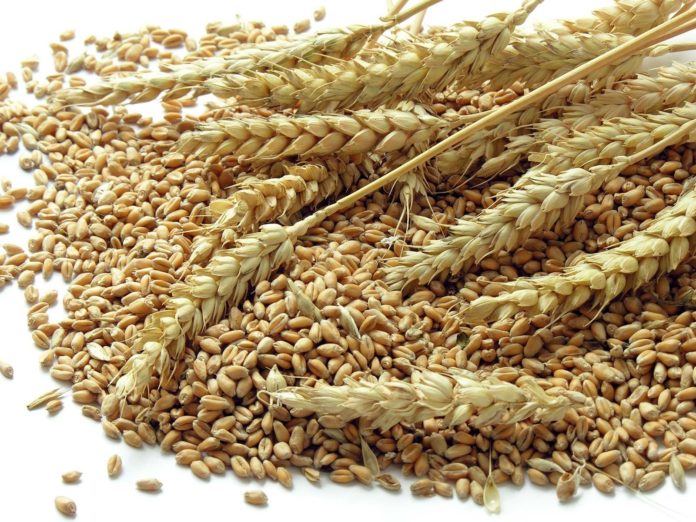The World Bank Report on the response to rising food insecurity has indicated that domestic food price inflation remains high around the world.
Information from the latest month between January 2023 and April 2023 for which food price inflation data are available shows high inflation in most low- and middle-income countries, with inflation higher than 5% in 64.7% of low-income countries, 81.4% of lower-middle-income countries, and 84% of upper-middle-income countries and many experiencing double-digit inflation; 78.6% of high-income countries are experiencing high food price inflation.
The most-affected countries are in Africa, North America, Latin America, South Asia, Europe, and Central Asia.
The agricultural, cereal, and export price indices closed 1%, 4%, and 1% higher, respectively, than two weeks ago. Maize, wheat, and rice prices all increased in the last two weeks, with prices closing 2%, 7%, and 4% higher, respectively. On a year-on-year basis, maize and wheat prices are 22% and 41% lower, respectively, while rice prices are 14% higher. Maize prices are 15% higher than in January 2021, while wheat and rice prices are at the same level. (See “pink sheet” data for agricultural commodity and food commodity prices indices, updated monthly.)
The May 2023 edition of the AMIS Market Monitor highlights that, after three consecutive years of La Niña, which brought bumper crops for some countries and crop failures for others, it is likely that the world is heading into an El Niño pattern, with a 62% chance of development during May to July, a 75% chance between June and August, and an 80% chance during the rest of the year.
If El Niño materializes, depending on its strength, average to above-average rain could occur in Central Asia, southern North America, southeast South America, southern Europe, eastern and southern East Africa, and southern and eastern China.
The Drier-than-average conditions could occur in Central America, the Caribbean, parts of western and northern East Africa, northern South America, southern Africa, India, Northern China, and Australia.
In general, El Niño will affect agricultural production on more than 25% of global cropland, slightly increasing global mean soybean yields and slightly decreasing global mean maize, rice, and wheat yields.
The 2023 edition of the Global Report on Food Crises, an annual report from the Global Network Against Food Crises, provides regional summaries of food crises that occurred in 2022.
Globally, the number of people in GRFC countries and territories facing acute food insecurity increased to 257.8 million in 2022 from 192.8 million in 2021 and has more than doubled since 2016, albeit with data coming from a larger group of countries.
The percentage of the analyzed population in IPC/CH Phase 3 or above or equivalent has also increased each year, doubling from 11.3% in 2016 to 22.7% in 2022.
The causes of this increase are complex and interlinked, with conflicts, national and global economic shocks, and weather extremes acting as interrelated, mutually reinforcing drivers of acute food insecurity and hunger.
Of these primary drivers, conflict and insecurity remain the most important, with the GRFC indicating that, by the end of 2022, there were an estimated 53.2 million internally displaced people, mainly displaced by conflict, in 25 food-crisis countries.
The World Food Programme (WFP) reported that up to 19 million Sudanese (41% of the population) were struggling to find one meal per day, up from 15 million last year.
It is likely that the violence in Sudan will have large impacts on regional food insecurity, with roughly 100,000 people having fled to neighboring countries in recent weeks.
This could rise to as many as 800,000 as the conflict continues. Before the conflict, food insecurity was projected to worsen in Sudan, with most of the population in IPC Phase 4 (Emergency) concentrated near the borders with neighboring countries.
Following Russia’s invasion of Ukraine, trade-related policies imposed by countries have surged.
The global food crisis has been partially made worse by the growing number of food trade restrictions put in place by countries with a goal of increasing domestic supply and reducing prices.
As of March 13, 2023, 21 countries have implemented 27 food export bans, and 10 have implemented 14 export-limiting measures








